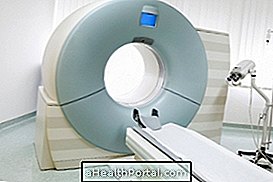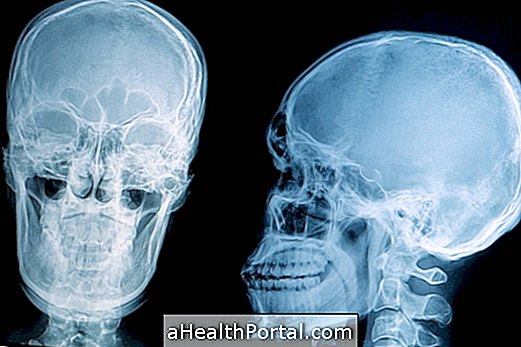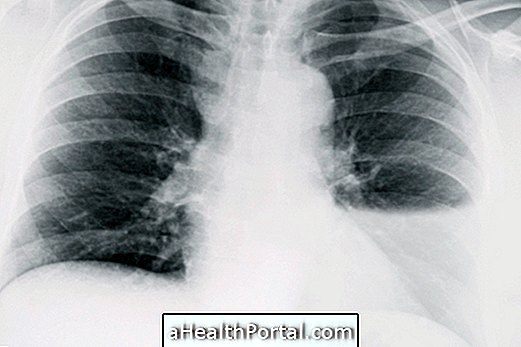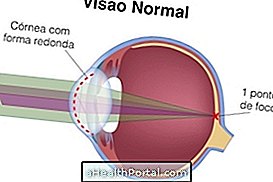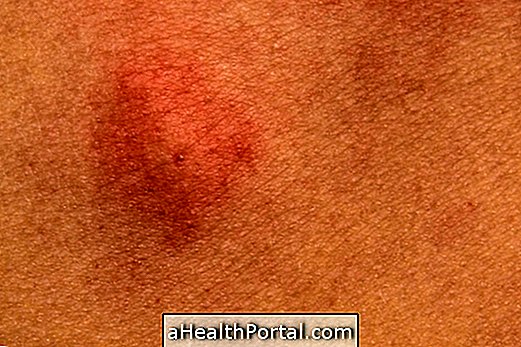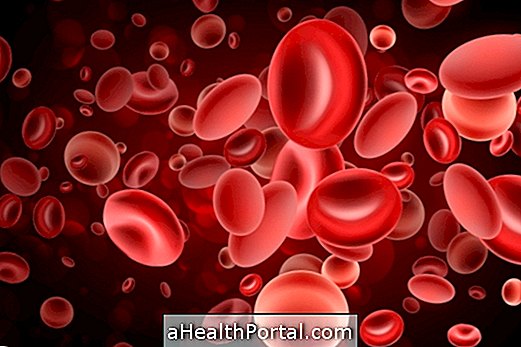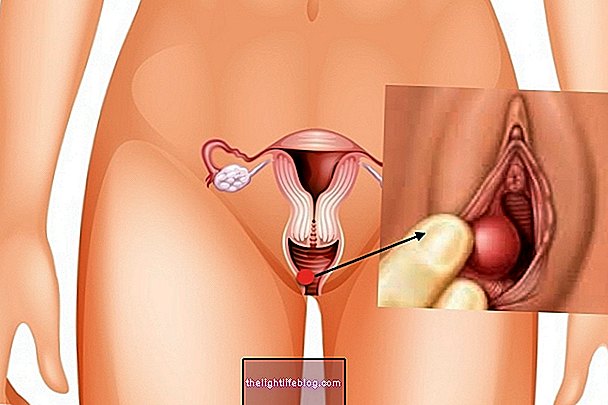Anechoic cyst is a type of cyst in which its content is poorly dense, ie usually formed only by liquids. Cysts can arise anywhere in the body, being more common in organs such as ovaries, breasts, kidneys, thyroid or liver for example.
In most cases, the anechoic cyst is not serious, requiring only medical follow-up, as they may regress spontaneously. However, there is no rule, because its characteristic varies with several factors, such as its cause, size, location and speed of growth. Understand better what the cyst is and which are the most common.
Thus, before worrying about the result, it is always necessary to talk to the doctor, who can make the evaluation not only of the result of the examination, but also observe the symptoms, the physical examination and the risks of the person, indicate the best treatment, whether it is just the observation or the completion of a surgery, for example.
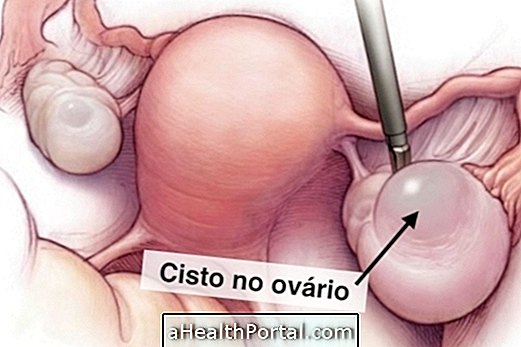
There are several causes of an anechoic cyst, which can occur in several different body locations, the most common being:
1. Anechoic cyst in ovary
Cysts in the ovary do not always indicate any problem because, most of the time, they arise due to hormonal changes throughout the woman's menstruation, during pregnancy or use of hormonal medications, for example.
Generally, these benign cysts regress spontaneously, however, as there may be other causes, such as genetic or inflammatory, it is necessary to talk to the doctor.
Surgery for withdrawal in the cyst is usually indicated when it grows too much, causing symptoms such as pain, menstrual changes or difficulty getting pregnant, for example, or when there are complications such as twisting or breaking. Check how to identify and treat the cyst in the ovary.
2. Anechoic cyst in the breast
Breast cysts are common, and mostly occur in women aged 15-50. The presence of the cyst does not necessarily indicate a serious or malignant situation, and can often only be followed, however, especially when they cause pain, discomfort, grow over time or when they present other features suggestive of cancer, should be punctured by doctor for a better evaluation of its content. Understand when the cyst in the breast can become cancer.
3. Anechoic cyst in the kidney
The simple cyst in the kidneys is usually benign, and is a common kidney disorder. In this way, if they have benign characteristics such as anechoic and have thin and smooth walls, generally, no worries are necessary, and only follow-up by the doctor is indicated.
The cysts in the kidneys may be single or multiple, however, if they arise with appearances suggestive of some more serious alteration. such as having thick, uneven walls or thick contents, with suspected cancer or an abscess, for example, the doctor should investigate further with a CT scan or even a puncture.
Learn more about how to identify a cyst in the kidney and what the worrying signs are.
4. Anechoic cyst in the liver
Anechoic liver cysts are usually benign and are often found accidentally on a routine examination, such as an ultrasound. Its onset is not always explained, but in many cases it can be congenital, already being born with the person, or acquired throughout life due to trauma, inflammation or previous infection.
Most of the time, simple cysts do not cause any symptoms, however, they can cause abdominal pain or feeling of heaviness, especially when they reach large sizes.
In order to evaluate the type of cyst, the cause and the best treatment, it is necessary to consult with the doctor, who can observe the characteristics of the cyst and identify the presence of signs that are of concern, besides being able to evaluate the symptoms and examination of the patient. Understand when the cyst in the liver is dangerous.
5. Anechoic cyst in the thyroid
Simple anechoic thyroid cysts are usually benign, so it is not always necessary to perform any treatment.
However, it is always very important the medical evaluation, which can identify the presence of symptoms, monitor whether or not there is growth of the cyst or if there are other features that may raise more serious suspicions, such as changing the content or shape of the walls, for example. Learn how to identify and treat cysts and other types of thyroid nodules.



